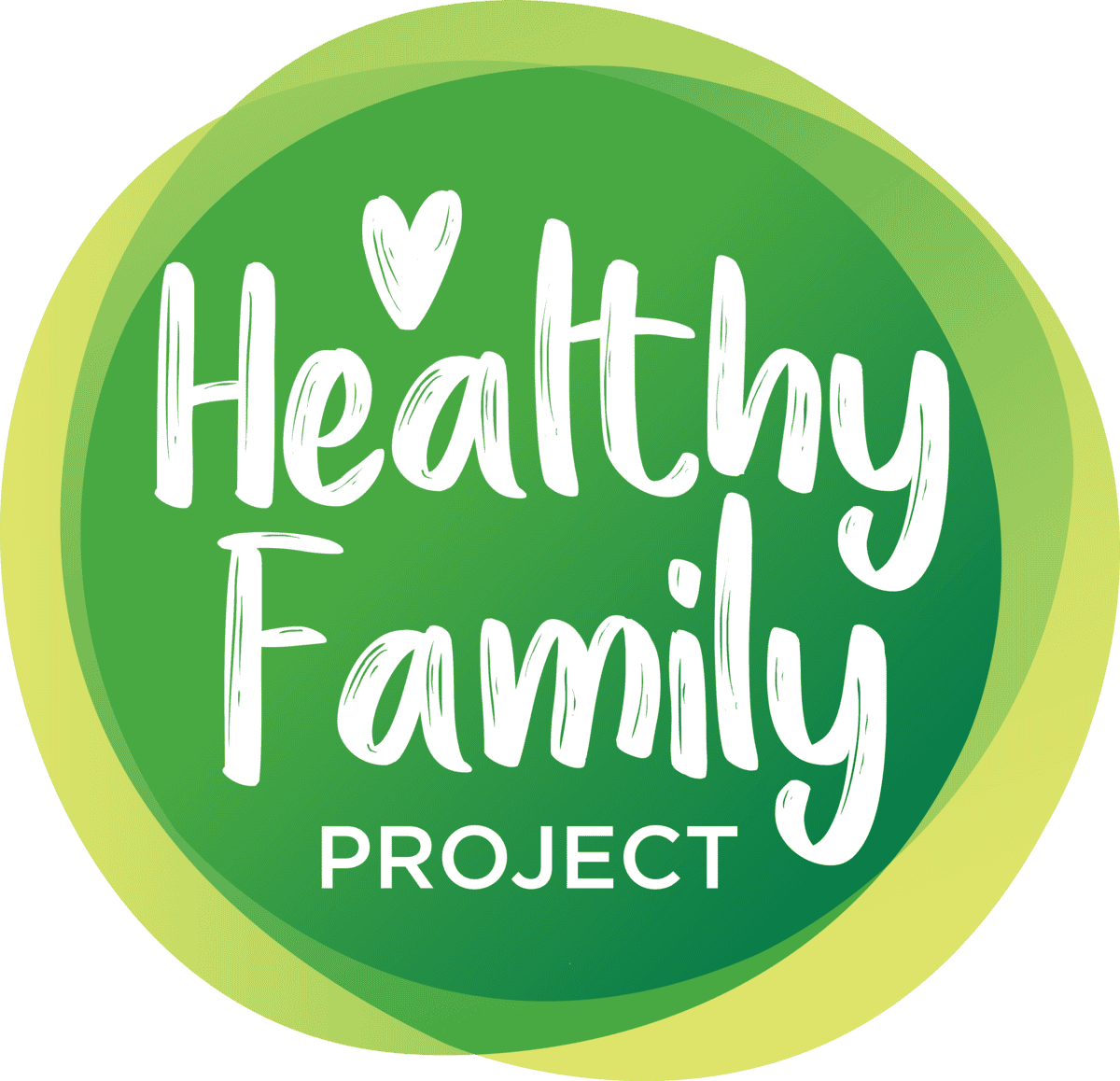Bell Peppers

Seasonality:
- Bell peppers are available year-round, with peak season being July through September.
Health Benefits of Bell Peppers:
- Bell peppers are an excellent source of Vitamin A and C and a good source of Vitamin E and Vitamin B6. The red variety have the highest amount of Vitamin C.
- Red bell peppers are also full of phytochemicals and carotenoids, like beta-carotene, that have antioxidant and anti-inflammatory benefits.
- The capsaicin in bell peppers can reduce ‘bad’ cholesterol, control diabetes, bring relief from pain and ease inflammation.
How to Select Bell Peppers:
- Look for firm bell peppers with shiny, unblemished and wrinkle-free skins. Bell pepper should feel heavy for their size.
- Avoid dull, shriveled or pitted bell peppers.
How to Store Bell Peppers:
- Store bell peppers unwashed in a plastic bag in the crisper drawer of your refrigerator for up to 4-5 days.
- Keep them dry, as moisture will eventually cause them to rot.
How to Prepare Bell Peppers:
- The stem and seeds of a bell pepper should be removed before preparing for a recipe. If stuffing the bell pepper or using whole, cut around the stem on the top of the pepper, remove and scoop out seeds.
- You can also cut the pepper in half and cut out the stem and seeds before slicing or chopping.
Fun Facts About Bell Peppers:
- On his hunt for the black pepper, Christopher Columbus came upon bell peppers & named them.
- Red bell peppers are simply mature green peppers. The yellow and orange peppers are a different, sweeter variety.

































